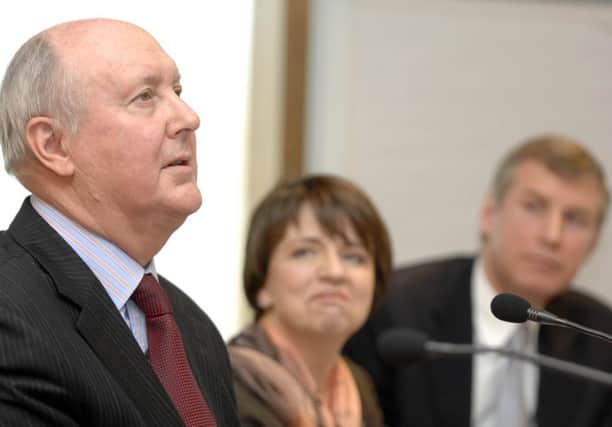Comment: National Trust for Scotland must adapt


IT IS RARE these days that I walk into a venue and realise I am one of the youngest at an event, but that scenario confronted me on Saturday at the Macrobert Arts Centre in Bridge of Allan. If I was feeling generous, I would say the average age of attendees at the National Trust for Scotland’s annual meeting was over 60.
The demographic on display seemed to encapsulate one of the main problems for Scotland’s biggest conservation charity, which is responsible for many of the nation’s leading cultural and heritage attractions, but is facing some hard decisions over the next couple of years.
Advertisement
Hide AdAdvertisement
Hide AdThe full list of “issues and challenges”, as Sir Kenneth Calman, the Trust’s outgoing chairman described them on Saturday, would fill this entire column.
He instigated a wide-ranging debate earlier this year when he revealed that the trust was having to rethink its entire raison d’etre – partly because it has identified at least £50 million-worth of work needing done to its existing estate.
Merging with other organisations, disposing of sites whose historical value is not important enough, allowing artefacts to go “on tour” for the first time and allowing local communities to have full control over their land, or historic attractions, are all on the cards.
Perhaps the toughest nut to crack, but the one which would most help the Trust bring down its running costs, is to instigate the creation of a national heritage collection, which would presumably allow the charity much greater access to funds from the Scottish Government, Historic Scotland and the Heritage Lottery Fund than before.
A much simpler aim, but one which has several complex layers, is broadening out its membership and audience so that it actually reflects the country it is supposedly showcasing.
I was pleasantly surprised at the frank admissions in one of the presentations by the charity’s trustees on Saturday. The audience sat in silence as it was told the Trust’s own market research had shown that the charity’s appeal was largely confined to the “older and more affluent groups in society” and there were major barriers of perception that NTS sites are “aloof, too grand and perhaps too much focused on rich people and their big houses”.
Veronica Morriss, who gave the presentation, said: “The Trust prides itself as being a place for everyone. I put it to you that the cold hard fact is that it is not. We are simply not doing enough to convince young people, or families or those with little disposable income, that membership is for them.”
The message for the membership was clear: adapt or die. The Trust has given itself two years to come up with a robust strategy for its long-term future and survival. While that may seem ambitious, at least the mood music is already striking the right note.